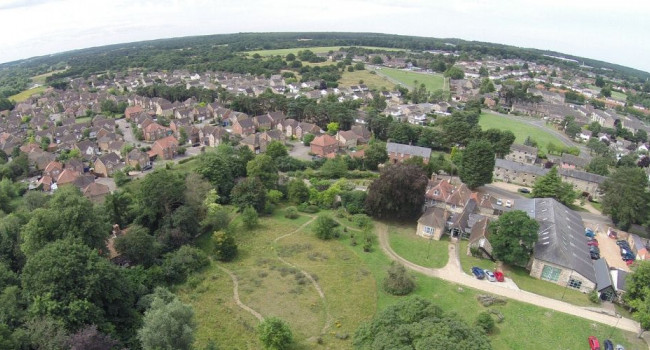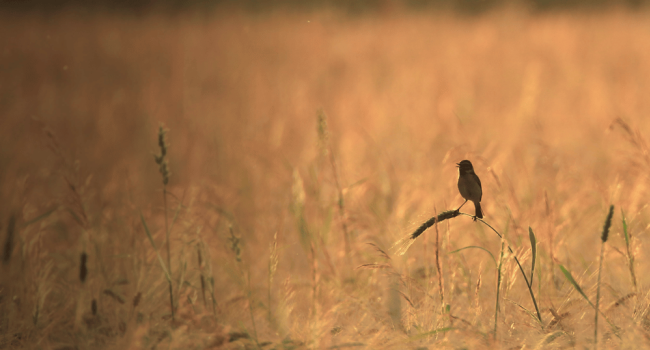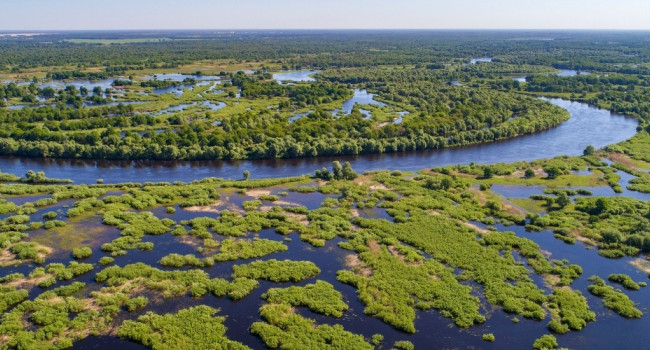Organic Farming: Biodiversity Impacts Can Depend on Dispersal Characteristics and Landscape Context
Author(s): Feber , R.E., Johnson, P.J., Bell, J.R., Chamberlain, D.E., Firbank, L.G., Fuller, R.J., Manley, W., Mathews, F., Norton,L.R., Townsend, M. & Macdonald, D.W.
Published: August 2015
Journal: PLOS ONE Volume: 10 ( part 8 )
Article No.: e0135921
Digital Identifier No. (DOI): 10.1371/journal.pone.0135921
Staff Author(s)







Share this page